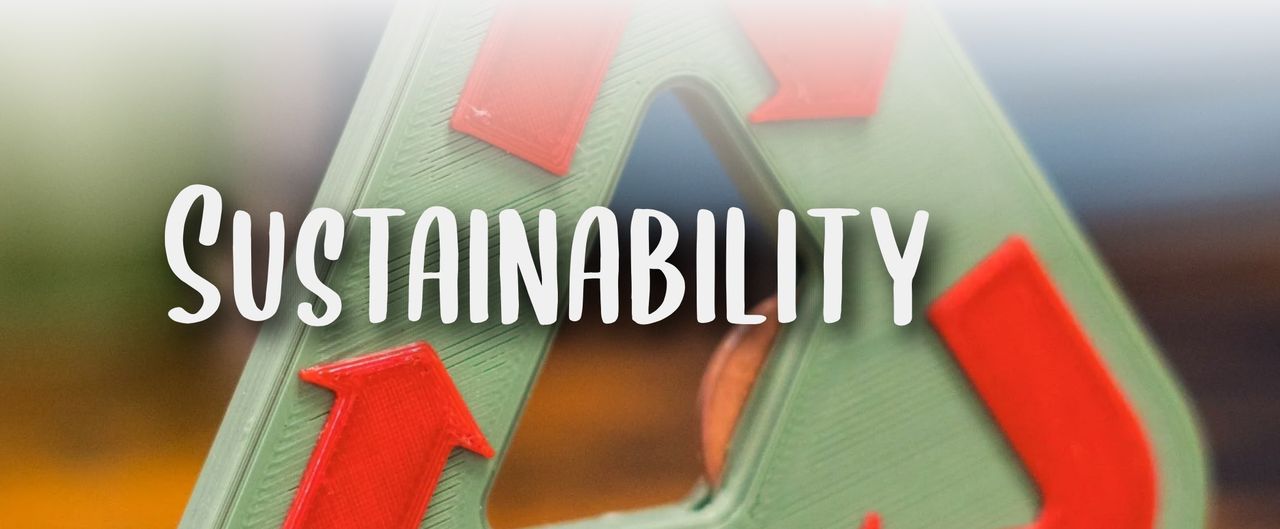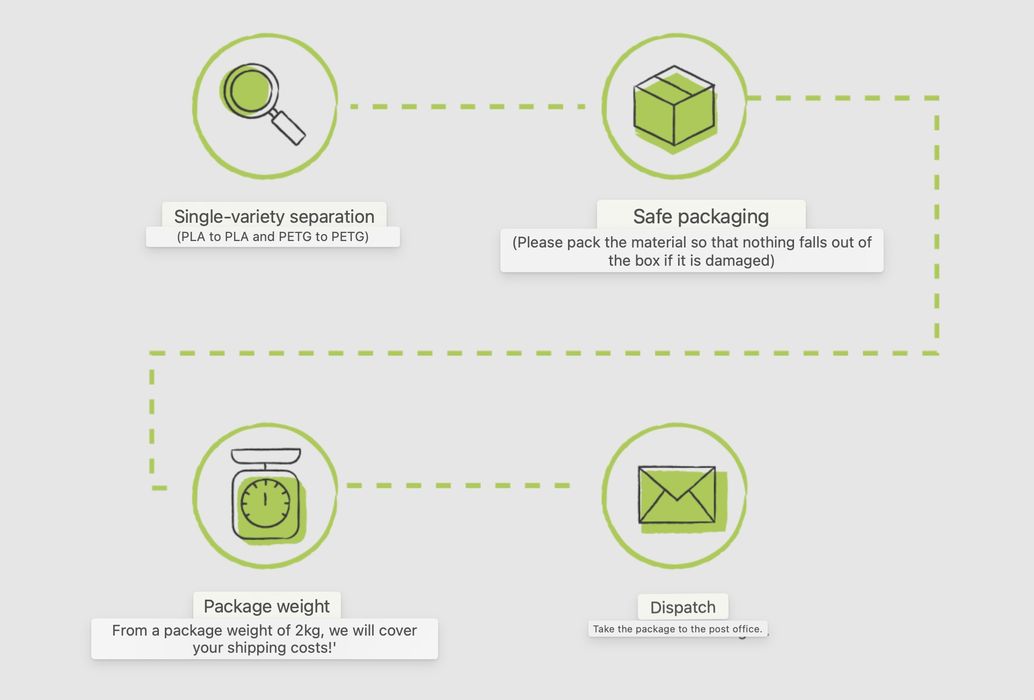
A new 3D print recycling service has emerged in Germany: RecyclingFabrik.
There have been many attempts at recycling in 3D printing, and unfortunately most of them have failed.
The big problem with recycling material is that there must be a reliable and consistent source of raw recycled materials that are the same polymer. It makes no sense to attempt to make new filament out of a pile of random materials. Because of the “source” problem, recycling activities have been at a minimum.
Now RecyclingFabrik seems to have figured out another approach.
Founded in 2021, RecyclingFabrik attempts to break through the recycling barrier: apparently only about 20% of the plastics sent for recycling actually make their way back as new products, with the remainder being used for “energy recovery”, also known as “incineration”.

Their idea is that you simply request a shipping label, and collect print scraps and unwanted prints together. These are shipped to RecyclingFabrik where they are re-processed into fresh, new 3D printer filament.
The key is that the shipper (you) must sort the filament. Currently RecyclingFabrik accepts only PLA and PETG, which must be separated into unique shipments. You are not required to sort by color.
RecyclingFabrik operates in Germany, where they will accept shipments of a minimum of 2kg. For other European countries they require a minimum of 15kg of scraps.
Note that they will also accept empty spools, presuming they are made from either PLA or PETG.
RecyclingFabrik offers an interesting points system. You gain points each time you provide material to the company, and they’re consumed during purchases. You can receive a discount of up to 25% on purchases of RecyclingFabrik’s new PLA or PETG filaments using points.
The new filaments produced by RecyclingFabrik are indeed 100% made from recycled materials. They don’t inject any dyes into the new filament, so the colors will be based on the colors of the input materials at that moment.
RecyclingFabrik intends on handling more types of 3D printer materials in the future beyond the basic PLA and PETG. They are also working on a recyclable solution to the sealed bags that hold filament spools.
I’m impressed this company has been able to figure out a way to make this work. With their success, I am hoping they either expand to more regions, or inspire others to set up similar recycling operations.
Every 3D printer operator has a huge bin of scrap prints just waiting for a service like this.
Via RecyclingFabrik
